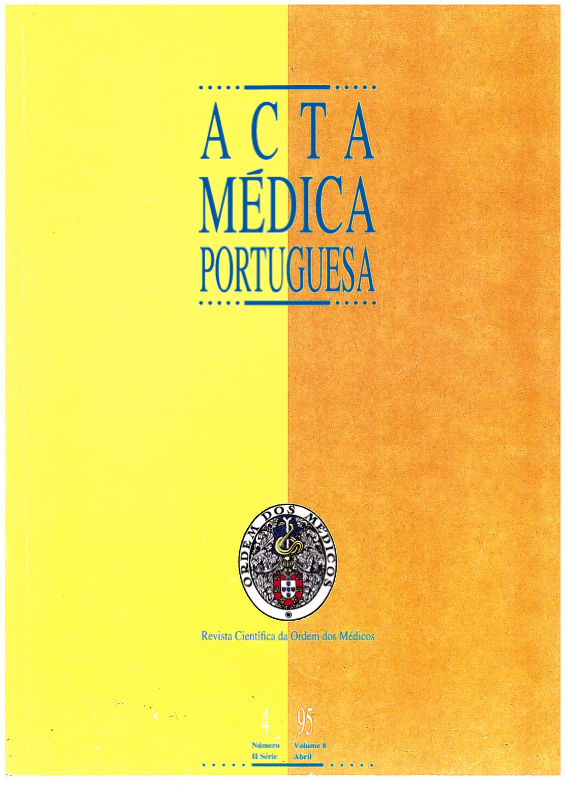Diagnóstico e tratamento da fibromialgia.
DOI:
https://doi.org/10.20344/amp.2689Resumo
Fibromyalgia syndrome (FMS) affects predominantly females and is characterised by widespread musculoskeletal pain, fatigue, insomnia, nonrefreshing sleep, diffuse stiffness and other organic and psychic signs and symptoms. Diagnosis is essentially based on the 1990 American College of Rheumatology Classificative Criteria, but if, in some cases, they are not completely fulfilled, diagnosis is not excluded in a particular patient. The causes of the enhanced pain perception and of all the other clinical characteristics are unknown. Both the central hypothesis (sleep disturbance; psychological affection; hypothalamus-hypophysis-adrenal axis disorder; neuromediators disregulation; etc.) and the peripheral theory (anatomical and/or functional muscle disturbance) try to explain FMS etiopathogenesis. Tricycles antidepressants (i.e. amitriptilin) and some muscle relaxants (i.e. ciclobenzaprine) have demonstrated some beneficial effect contrary to the classic antirheumatic drugs (NSAID; corticosteroids; etc.). Physical exercise, multidisciplinary support (behavioural therapy, physical agents; etc.) and patient education are some of the other approaches which contribute to the correct management of FMS.Downloads
Downloads
Como Citar
Edição
Secção
Licença
Todos os artigos publicados na AMP são de acesso aberto e cumprem os requisitos das agências de financiamento ou instituições académicas. Relativamente à utilização por terceiros a AMP rege-se pelos termos da licença Creative Commons ‘Atribuição – Uso Não-Comercial – (CC-BY-NC)’.
É da responsabilidade do autor obter permissão para reproduzir figuras, tabelas, etc., de outras publicações. Após a aceitação de um artigo, os autores serão convidados a preencher uma “Declaração de Responsabilidade Autoral e Partilha de Direitos de Autor “(http://www.actamedicaportuguesa.com/info/AMP-NormasPublicacao.pdf) e a “Declaração de Potenciais Conflitos de Interesse” (http://www.icmje.org/conflicts-of-interest) do ICMJE. Será enviado um e-mail ao autor correspondente, confirmando a receção do manuscrito.
Após a publicação, os autores ficam autorizados a disponibilizar os seus artigos em repositórios das suas instituições de origem, desde que mencionem sempre onde foram publicados e de acordo com a licença Creative Commons









